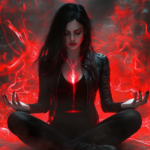
Hunger For the Marvelous: The Vampire Craze in the Computer Age
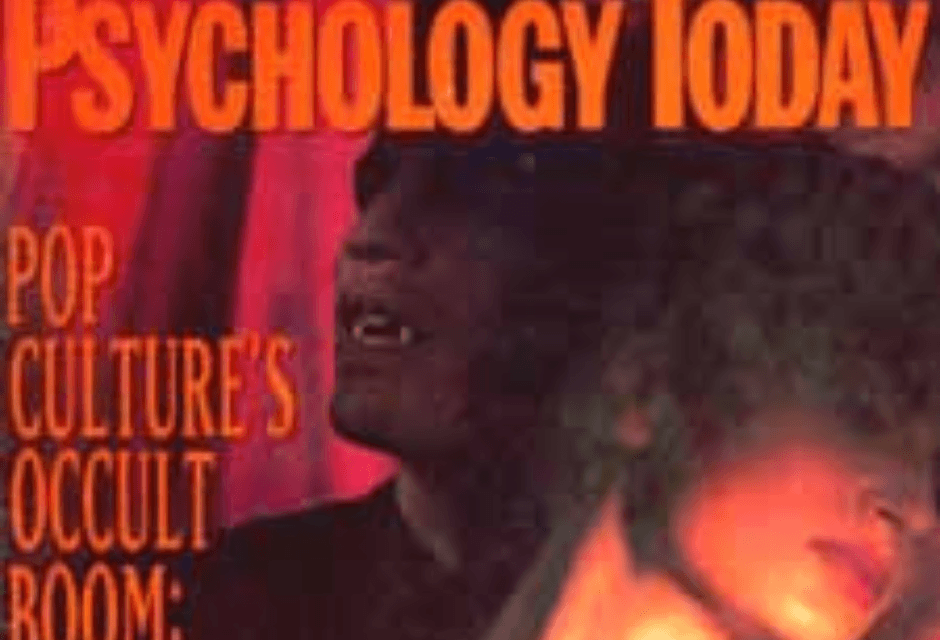
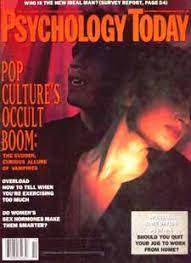
by: Katherine Ramsland in 1989
Hunger For the Marvelous: The Vampire Craze in the Computer Age
This summer may have been the season of bats and Batman, but the rest of the year belongs to the vampire. If pop culture’s current preoccupation forecasts what to expect from the 90’s, we’re in for a lively time.
Little did anyone know when Anne Rice first published Interview with the Vampire in 1976 that it would grow into a trilogy (The Vampire Lestat, The Queen of the Damned) that has sold millions. Or that it would spawn an invasion of the undead and raise some interesting questions about why the computer generation has such a fascination with getting it’s bytes the old fashioned way.
Prepare yourself for a slew of vampire entertainment’s, including a monthly novel series from Pinnacle Books and a new vampire detective from Warner Books. On television, August brought us the first of a wave of new vampire movies, USA Network’s Nightlife, starring Ben Cross. September delivered Carmilla, the Shelley Duvall Showtime flick with Meg Tilly and Roddy McDowall, and FOX Television greeted Halloween with Dracula: Live from Transylvania. Other films in production: Dark Side with Nick Cassavettes as the vampire; Transylvania Twist, a comedy with Robert Vaughn; an Cannon Film’s Rockula, touted by it’s producers as a movie about sex, blood and rock n’ roll.
All this further enlivens an atmosphere already well furnished with genre magazines (The Vampire Journal and Dead of Night), the Vampire Information Exchange, the Vampire Pen-Pal Network, the Count Dracula Fan Club and, for the statistically inclined, the Vampire Research Center. The Center has just issued its 1989 Worldwide Vampire Census, complete with profiles of the typical male and female vampires: He looks 26 years old, has brown eyes and black hair, is 5 feet 10 inches tall and weighs 170 pounds. She looks 23, is also brown-eyed and black-haired, is 5 feet 6 inches tall and 120 pounds.
Needless to say, the hullabaloo has not escaped the attention of the nation’s academics. Last year, the International Association for the Fantastic in the Arts founded the Lord Ruthven Assembly, whose membership includes more than 50 professors who probe the meaning of the vampire archetype in literature, art, and teenage folkways. Two members, Radu Florescu and Raymond McNally, attract about 70 students every year for their courses on Dracula at Boston College. As a follow up to their best selling 1972 book, In Search of Dracula, Little, Brown & Co. is publishing Dracula, Prince of Many Faces this Halloween.
Vampires sell products, too. Advertisers use them to hawk cereal, greeting cards, candy bars, nail polish, mouthwash and pizzas. Vampires show up in children’s programs, rock videos and comic books. Students can even study English with the help of Karen E, Gordon’s The Transitive Vampire: A Handbook of Grammer for the Innocent, the Eager and the Doomed (Times Books). Some students seem to view the subject with an interest well beyond the grammatical or fictional: Folklorist Norine Dresser of California State University in Los Angeles reports in American Vampires: Fans, Victims, and Practitioners that, in the privacy of a recent survey, 27% of 574 high school and college students admitted that they thought vampires might actually exist.
Hungering for the Marvelous
What explains this huge, seemingly insatiable thirst for vampires and their doings? Part, thank heaven, is pure fun. Beyond that, horror writer Stephen King points to the pulsing, aggressive sexual overtones of the vampire hunger among adolescents: “Impotency is never a threat, since vampires’ sexual urges are completely oral,” he says. “They are particularly interesting to teenagers who are sexually insecure.”
But how about the rest of us? Our fascination with vampires seems to be part of a deep disenchantment, or boredom, with science and rationalism – a feeling reflected in our society’s growing interest in mysticism, spirituality and belief in the paranormal. Surveys by sociology/priest Andrew Greeley and his colleagues at the University of Chicago, for example, show that more than 40% of Americans adults believe that they have had contact with the dead, nearly twice as many as 20 years ago. Two out of three report having experienced extrasensory perception. Three out of four believe in life after death, in which they will be reunited with loved ones. Meanwhile, New Age millions have taken to channeling, reincarnation and shamanistic drumming.
Father Greeley explains the vampire craze as a weird side of a healthy lust for religious substance. “It’s a hunger for the marvelous. If you give up angels and devils – which I think is an awful mistake – some people are going to turn to aliens, Darth Vader and vampires. Life seems to be dull and unexciting, especially if you’re just a yuppie, so you have to hunt for something marvelous enough to brink back the excitement.” Greeley sees the religious imagination as the key to life’s delight; the vampire cult and similar oddities are drab substitutes, junk food of spirituality.
Stephen Martin, who edits the journal Quadrant for the C.G. Jung Foundation of New York, gives vampire popularity a psychological twist. “Vampires are living parts of our humanity that people in a technological age have ignored. They have to do with the darkness and magic that is not given its due. If we ignore the unconscious, it becomes avaricious, voracious…the vampire is another side of our culture that needs a voice.”
Humanizing the Inhuman
Our culture’s need for vampires of it’s own has produced telling changes in the way we depict them, notes Ellen Datlow, editor of Blood Is Not Enough. The vampire in literature and film has developed from a creature ruled entirely by instinct and need into a complex being with an inner life.” We show vampires as more human, more accessible, less blatantly evil than before. Once audiences cheered for the vampires destruction. Now they often see a vulnerable side and root for him to escape the stake.
In many of today’s stories, vampires have left the Transylvanian aristocracy and moved into town as one of us – although with a certain extra panache. Suzy McKee Charnas, who wrote The Vampire Tapestry, points out, “Vampires are snappy dressers. Think what a zombie or a mummy wears. That’s why vampires are so popular.”
They’re also sexier and better looking these days. Frank Langella, first in the Broadway play Dracula and later the 1979 movie version, started the breakthrough. The traditional Bela Lugosi figure – and aging aristocrat with fanglike teeth, a black opera cloak and an easy to parody East European accent – was someone to be feared, perhaps even respected. But Bela wasn’t much of a sex symbol, while Langella instantly aroused visions of beds, not coffins.
Charles L. Grant, author of The Soft Whisper of the Dead, stresses how important this human side is to the vampire’s wide continuing appeal. “Vampires are popular because, of all the monsters, they’re the most dangerous…the most human. Their habitat is night, and you can’t tell who’s a vampire and who’s not. Everybody loves the vicarious danger.”
Our increasingly complicated and hard to control society makes people seek out “never-never lands of imagination,” says Pardon Tillinghast, a professor of history at Middlebury College. “We need monsters – in a controllable environment.”
To explain the pull of vampires and other monsters, Tillinghast draws a line between terror and horror. “Terror is what you feel before the bomb goes off,” he says. “Horror is what you feel after it has exploded and you’re still alive. There may be some blood, but you’re safe.” We enjoy the thrill of horror that fictional monsters give us. The terror a murderous, bloodsucking creature would engender in real life would be too personally threatening.
Stephen Kaplan, director of the Vampire research Center since 1972, has been counting vampire systematically since his first census in 1981. For the 1989 census, he sent a 99-item questionnaire to people who contacted him – in person, over the phone or through letters – claiming to be a vampire or know of one. Among the questions: “How often do you drink blood?” “Do you sleep in a coffin?” “Have you ever been/are you now a member of a coven, a blood cult, a satanic cult?”
Kaplan puts his vampires in three categories: 1) fetishists erotically attracted to blood; 2) vampire imitators who adopt vampire trappings in search of powers of domination, immortality, sensuality, charisma; 3) true vampires. People qualify for Kaplan’s purest category when they have a physical addiction to blood, drink it, believe it will prolong their lives, and find sexual satisfaction through the blood-drinking ritual.
Kaplan admits he’s met many strange people in his work and seen many weird things. He doesn’t believe, however, that there are any “real vampires” of the old school – creatures who can turn themselves into bats, can’t live in daylight, are immortal (except to stakes through the heart), and really do sustain life by drinking human blood. But based on his census and his categories, Kaplan counts at least 50 true vampires in the United States now and estimates that there are 300 or more vampires of all kinds in the United States and 500 worldwide.
The Dark Side
The sometimes intense, sometimes playful interest in vampires has its dangerous aspects. Both Kaplan and Dresser describe people who participate in a secret vampire world that sometimes overlaps with sadomasochistic cults across the country. They find peace, strength and satisfaction in drinking blood they extract in various ways – with needles, sometimes through a bite, sometimes through whippings or beatings. Some of their willing victims exchange blood for money or sexual favors. Others apparently find sexual release in masochistic submission.
Blood-drinking murderers are also horribly real, now and throughout history. In early 20th-century England, Fritz Haarman killed several dozen boys by biting them on the neck. He drank their blood, then made them into sausages that he ate or sold in his butcher shop – a real-life Sweeney Todd. Last year, the centenary of the Jack the Ripper murders, several writers speculated that Jack might have been a vampire.
In our own country and decade, multiple murderers Ted Bundy, David Berkowitz and Richard Trenton Chase all had vampire connection. Bundy bit his victims and said he felt like a vampire. Son of Sam Berkowitz claimed he had been poisoned by bloodsucking demons that compelled him to kill. And Chase, dubbed the Vampire Killer by the press in the late 1970’s, drank the blood of at least one of his six victims, thinking it would “cleanse him of his sins.”
In 1981, James P. Riva was sentenced to life imprisonment in Massachusetts for shooting his grandmother and drinking her blood from the bullet holes, insisting all the while he was a vampire. In 1982, Jerry Moore killed his girlfriend in Chicago and drank her blood to gain strength. In Florida in 1985, a young woman accepted a ride from a businessman who kidnapped her and used intravenous needles to draw her blood. Just last year, three boys killed a vagrant in Minnesota, licking the blood off their hands as they beat him. One of them cited the vampire film, The Lost Boys, as his inspiration.
Science Strikes out
Not long ago, a Canadian biochemist tried unsuccessfully to shake the vampire mystique: David Dolphin proposed in 1985 that vampire legends might have started with a rare hereditary blood disease called porphyria, a disorder that produces a deficiency of heme, one of the pigments in oxygen-carrying red blood cells. Dolphin suggested that its victims might have sucked blood in a desperate attempt to obtain the heme their bodies lacked and alleviate the symptoms. Porphyria is treatable today, but earlier victims suffered from extreme sensitivity to sunlight. They went out only at night – like you know who – since the sun could disfigure their skin horribly and cause their lips and gums to tighten until their teeth looked like fangs.
Instead of putting the vampire myth to rest, the idea gave it fresh blood. Dresser tells of porphyria victims who – after Dolphin’s theory hit the media – became the butt of vampire joke and drew suspicious stares from acquaintances. Vampires have too firm a hold on our psyches to be shaken by the simple logic of a medical explanation.
Clearly, the vampire is still alive and well in our culture, still renewing itself on human blood, which traditionally represents life, healing, kinship and empowerment. The vampire survived as a mythological creature in former times and in other cultures because it served some deep-seated need. The surge of interest in vampires in this decade, without the mythological trapping, tells us something meaningful about Western culture, the United States in particular.
“I think the vampire is a romantic, enthralling image,” says Anne Rice,”…the image of this person who never dies and takes a blood sacrifice in order to live and exerts a charm over people; a handsome, alluring, seductive person who captivates us, then drains the life out of us so that he or she can live. We long to be one of them and the idea of being sacrificed to them becomes rather romantic.”
Says Les Daniels, who wrote Citizen Vampire and Yellow Fog: “The sexual metaphors, from seduction to the stake, continue to resonate….Our era is more obsessed than any with immortality and eternal youth. The vampire is not really a menace. It’s what we long to be.”
Interview with the Vampire Writer
“Killing is no ordinary act,” said the vampire. “It is the experience of another’s life for certain, and often the experience of the loss of that life, through blood, slowly.”
My vampire nature has been for me the greatest adventure of my life; all that went before was confused, clouded; I went through mortal life like a blind man groping from sold object to solid object. It was only when I became a vampire that I respected for the first time all of life. I never saw a living, pulsing human being until I was a vampire; I never knew what life was until it ran out in a red gush over my lips, my hands!”
“I had seen my becoming a vampire in two lights: The first light was simply enchantment…But the other light was my wish for self-destruction.”
—-Exerpts from Interview with the Vampire
Anne Rice, whose vampire trilogy heated up the current craze, began her fascination with vampires very young. “My first encounter with vampires was seeing the movie Dracula’s Daughter,” she says. “I loved the tragic figure of the daughter as a regretful creature who didn’t want to kill but was driven to it.
“When I was a child we had a story from the library called ‘The White Silk Dress.’ A child vampire told the story in the first person, and I thought it was quite wonderful. I was 8 or 9 years old and I never forgot it. I wanted to get into that vampire. That was the interesting point of view to me – the people right in the center of it all.”
Unlike nearly all earlier writers, Rice has never seen vampires as fully monstrous creatures. “Vampires are tragic; they are not pure evil. They have a conscience, they suffer loneliness.
“The vampire is a cerebral image that transcends gender. I always saw them as romantic and abstract. In Bram Stoker’s Dracula, they’re presented as close to animals, but I always saw them as angels going in another direction….finely tuned imitations of human beings imbued with this evil spirit.
“The challenge of writing a vampire novel in the 20th century,” Rice reflects, “is to write one that’s fun about creatures of the night, yet still bring them into some sort of philosophical context that satisfies me.
“I didn’t think about creating a credible vampire mind, I just did it. It was a challenge to take people who were supposed to be thousands of years old and imbue them with wisdom, and try to imagine what their shortcomings would be.”
Could she see herself as a vampire? “If I were a vampire I would like to be Lestat,” Rice says. “What fascinates me is that he knows right from wrong and he still does what he has to do. He’s determined to be good at being bad.”
These articles originally appeared in the November 1989 issue of Psychology Today.

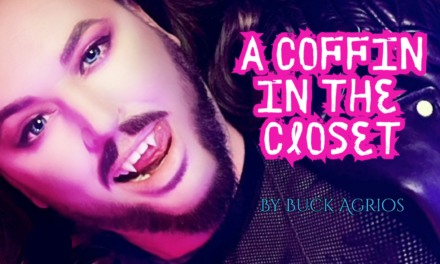
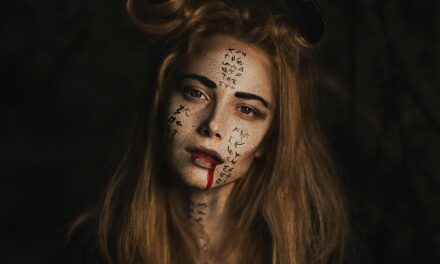
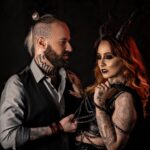

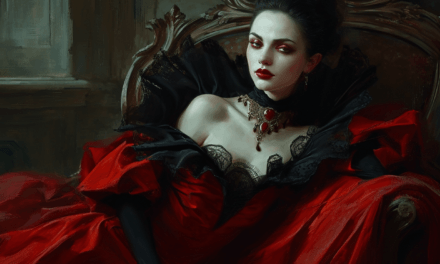
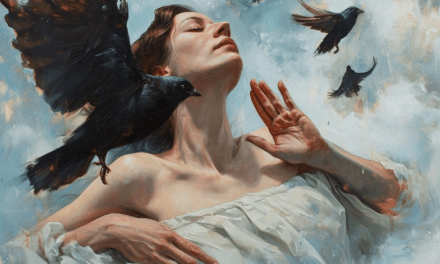
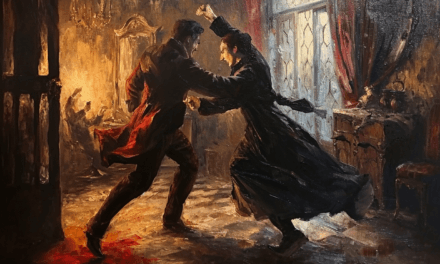
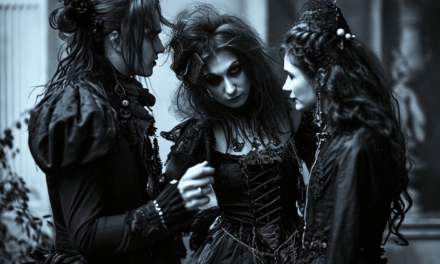


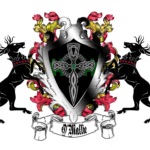



Recent Comments